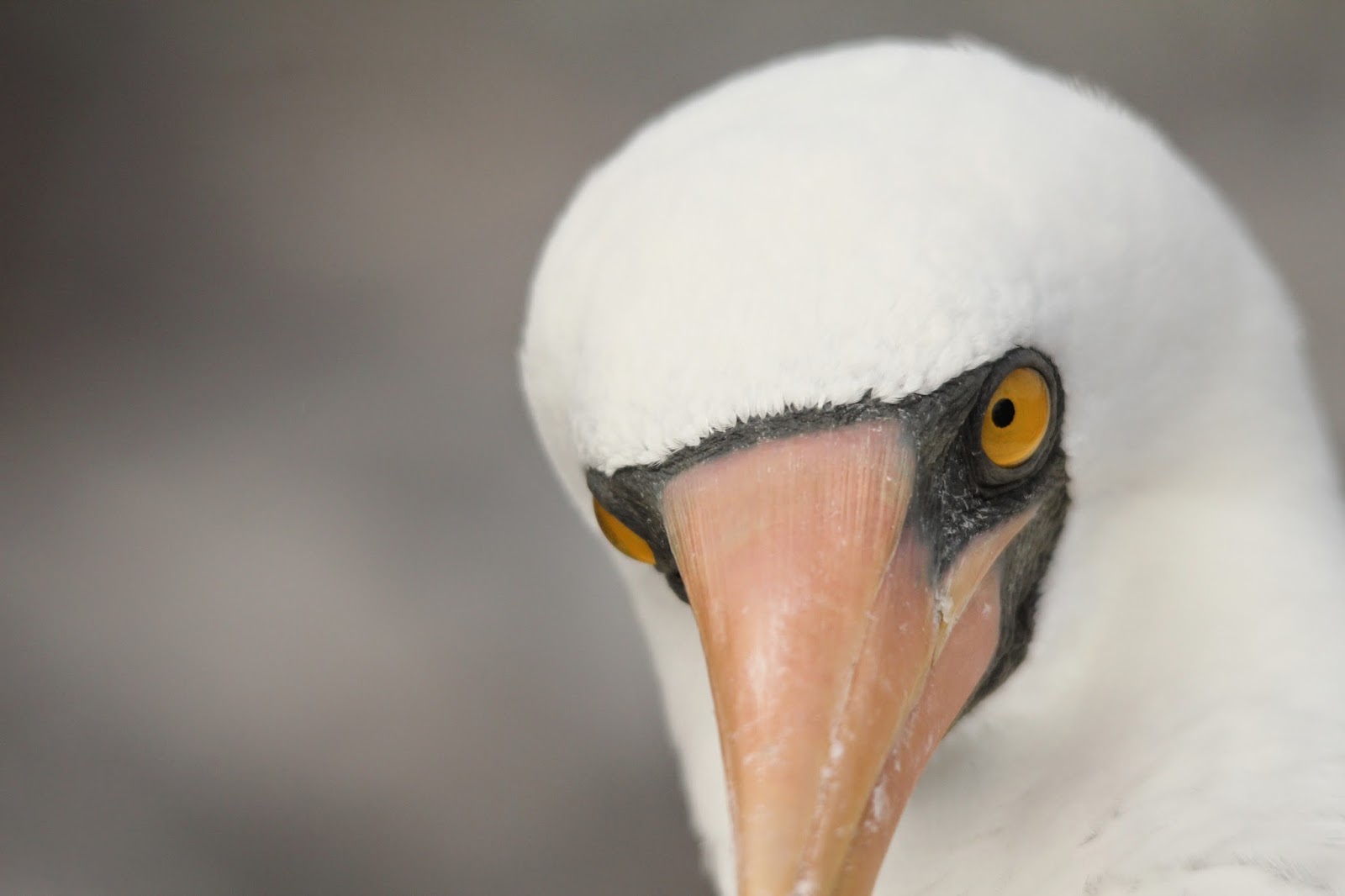Located 600 miles west of the Ecuadorian mainland, the islands were formed (and continue to form) over a volcanic hotspot, conveniently located at a convergence of the Cromwell and Humboldt ocean currents. The Humboldt current brings cold, nutrient-dense waters to the islands, creating a suitable habitat for marine life on the equator. A variety of marine species are endemic to the archipelago, including the marine iguana, Galapagos sea lion (formerly thought of as a subspecies of the California sea lion), Galapagos fur seal (the smallest fur seal in the world), Galapagos shark, Swallow-tailed Gull (the world’s only nocturnally feeding gull), Waved Albatross (the only tropical albatross), and the Galapagos penguin (the most northerly breeding penguin). The cold upwellings from the Humboldt current support thousands of beautiful fish, invertebrates, seabirds, and even the occasional cetacean or whale shark passing through the area.

On the hot, dry land baked by the equatorial sun, it seems strange that life would sustain on the islands, with fresh water a rare find and the sun unforgiving. Life, however, has found a way, and perhaps the most famous group of species living on the islands is the Darwin’s finches. These small, drably-colored birds, of fourteen varieties, have changed the way we see and understand evolution and Darwin’s natural selection; thanks to a fourty-year study of the finches of Daphne Major by Peter and Rosemary Grant, many questions have been answered (and raised) about the why’s and how’s of evolution.

Also making their way on land are the lava lizards and land iguanas, the former a small reptile that varies in patterning from island to island, and the latter an orange giant, a thick beast that feeds on cactus pads. Alongside them nest myriad seabirds, like the charismatic Blue-footed booby and its strange cousin the Nazca booby (named for the Nazca plate that some of the islands sit upon), as well as the variable Red-footed Booby. Tiny storm-petrels nest in cracks in the hardened lava, where Galapagos short-eared owls lie in wait. Red-billed tropicbirds rattle across the coastline, their long tails streaming behind them in a blaze of pure white. Great Frigatebirds, pirates by any definition, patrol the skies for unsuspecting victims to steal a meal from. All around them, Galpagos shearwaters zip by on stiff wings.


Underwater, fish of all sorts light up the sea. King angelfish with their neon blue edging, Moorish idols striped black and white with a streaming dorsal, streamer hogfish with their hump heads and trailing streamers on every fin. Damselfish fiercely protect their small gardens of coral, blennies dart quickly away from any snorkeler who so much as looks their way, and schools of juvenile barracuda nervously band together, mere shadows of their future predatory selves. In deeper waters, trumpetfish and cornetfish, long and thin, glide so easily through the water it’s hard to believe these living needles were ever there. Whitetip reef sharks and blacktip sharks patrol the bottom, diamond stingrays disturbing the sand in search of prey beneath them. Triggerfish and pufferfish, large and small, add a dose of strangeness to the mix. Back on the reef, huge schools of Yellowtail surgeonfish envelop the rocks, concealing various parrotfish within their ranks.
The Galapagos is a place of wonder, where both quiet moments alone with the waves are as inspiring as the thrill of splashing in the shallows with sea lion pups. Although my experience while travelling to and from the archipelago was highly stressful and fast paced, it was also eye-opening and a spectacular look at the natural world I have dedicated myself to protecting. The trip widened my already broad perspective on the planet, introducing me to foreign people, places, and nonhuman animals. I found myself thankful to call the United States my home, although upon returning I was a bit sad to have left all the natural splendor of Ecuador behind. There is a unique feeling that the birds and other wildlife of the islands left with me; they were ambassadors of the unknown. They showed me that, although they were so strikingly separate from the creatures I knew and loved at home, they held similar beautiful individuality, the same deep gazes full of spirit, and both a dose of shyness and spunk. Curiosity was abundant within all of us, human and nonhuman. It reminded me of how large our world really is, and how many individuals we really share it with. It gave me personal experiences within which to manifest my respect of all life and my admiration of it.







.jpg)















